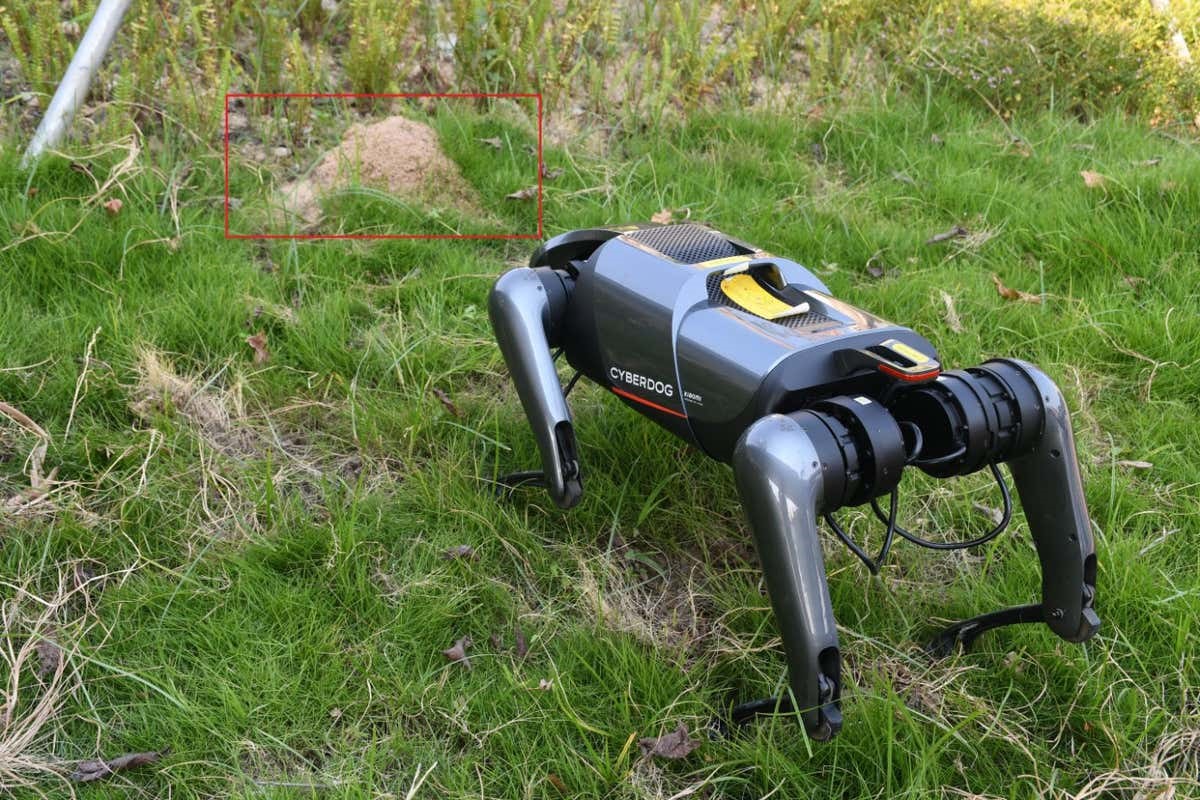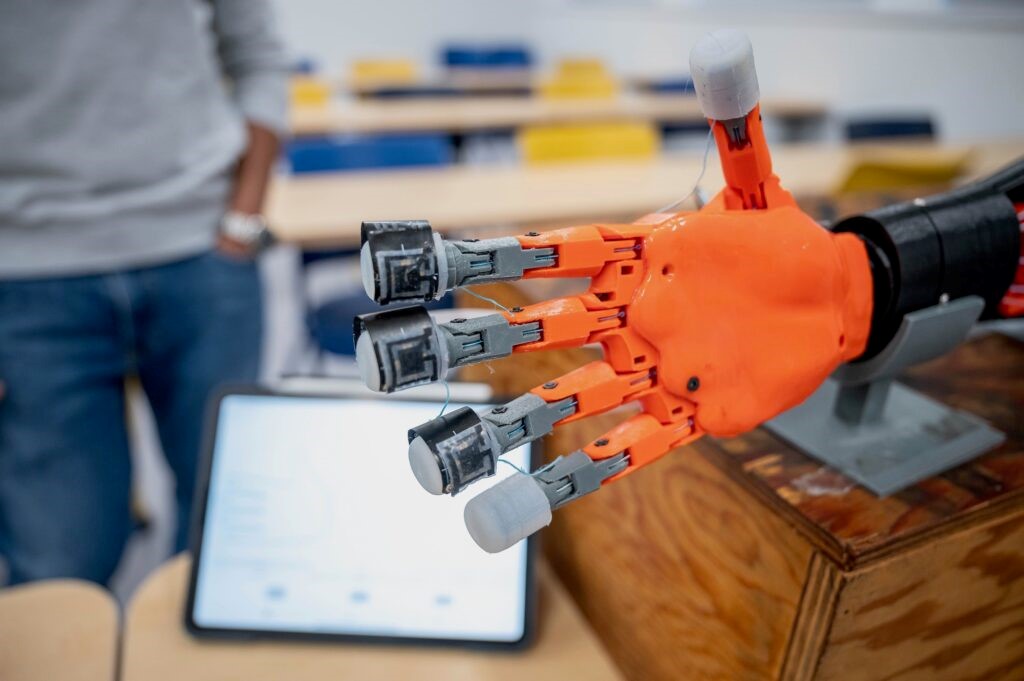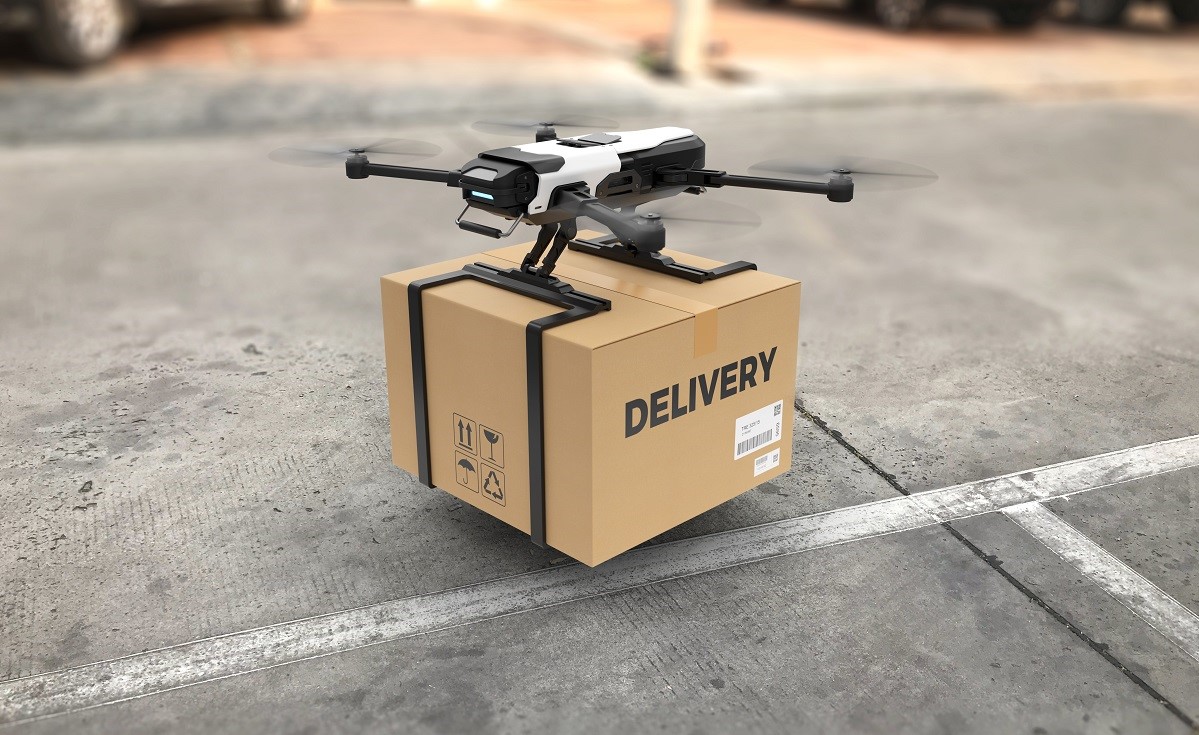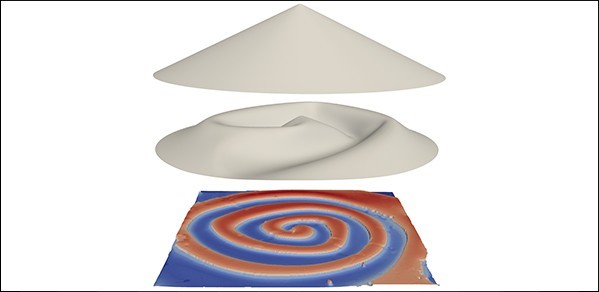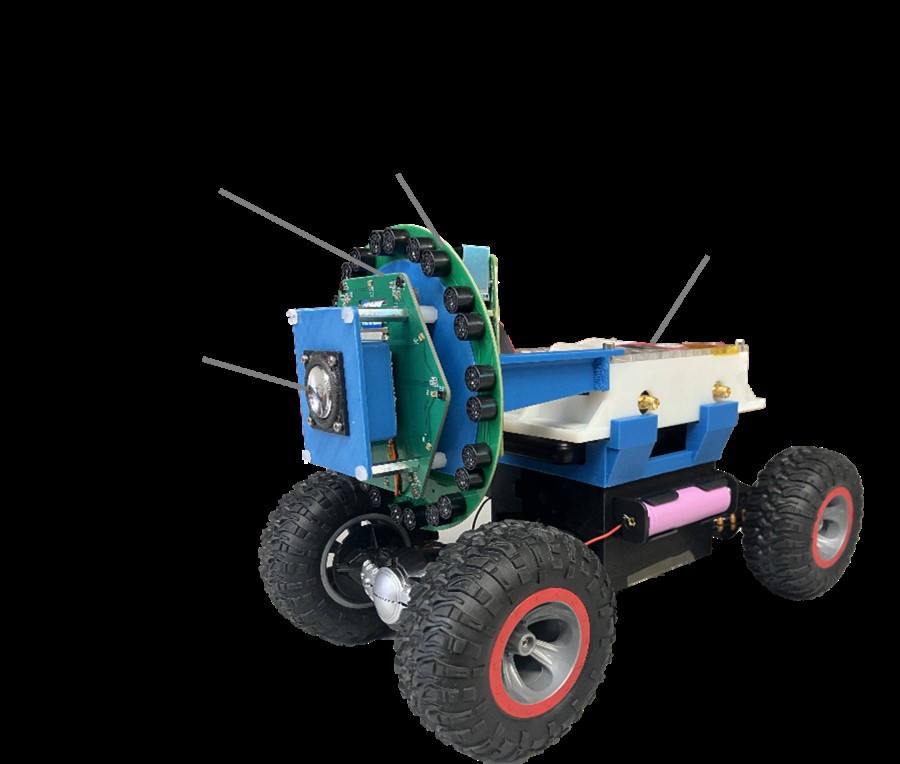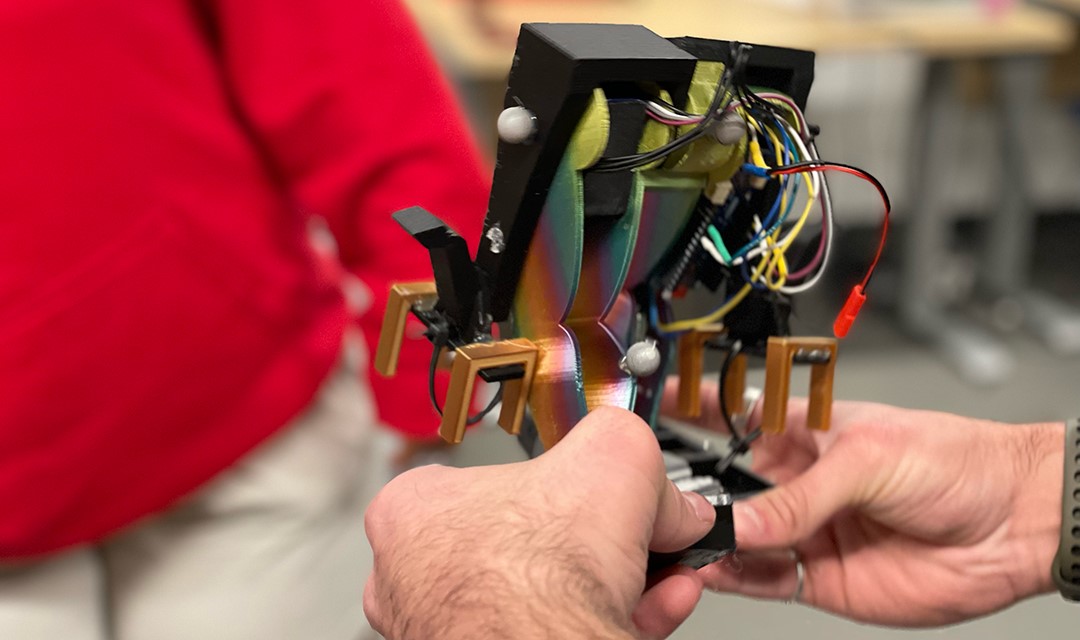A Snail-Inspired Robot Takes on the Fight Against Ocean Microplastics
In a world grappling with the pervasive issue of plastic pollution, scientists are turning to nature for innovative solutions. Drawing inspiration from the small and unhurried Hawaiian apple snail, researchers at Cornell University have developed a prototype robot that could revolutionize the way we tackle microplastics contaminating our oceans, seas, and lakes.
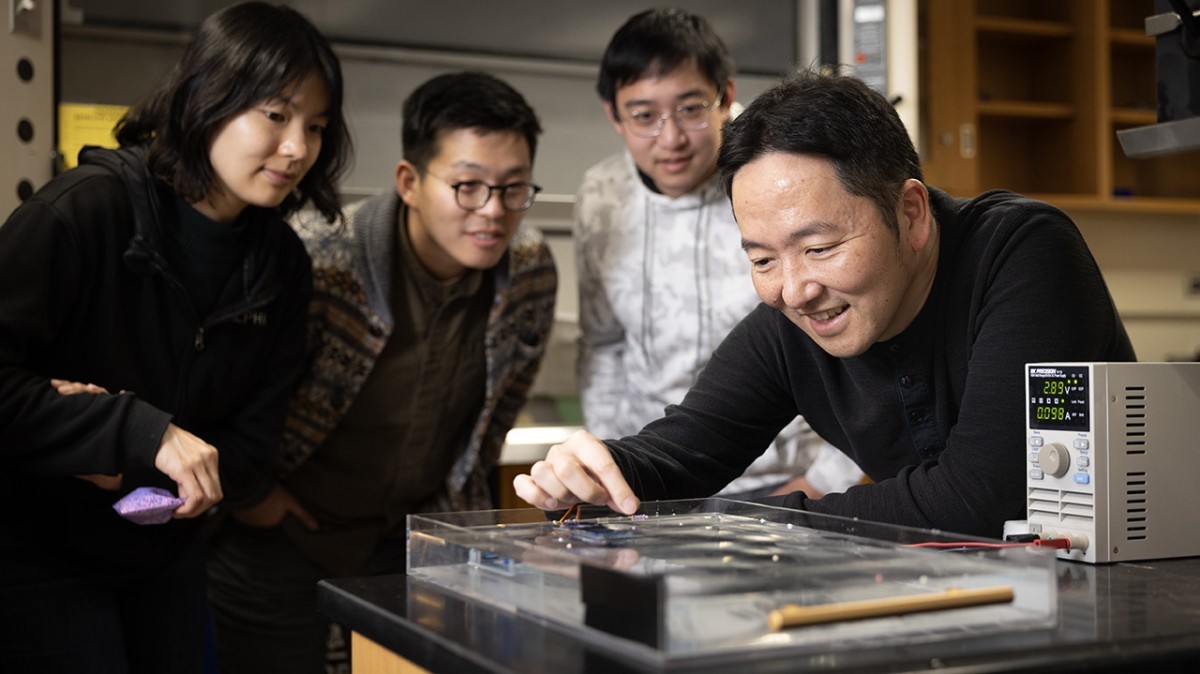
Figure 1. Demonstration of The Snail-Inspired Robot. (Credit: Credit: Jason Koski/Cornell University)
Figure 1 shows Sunny Jung, professor of biological and environmental engineering (far right) and study coauthors (from left), Jisoo Yuk, Chris Roh and Yicong Fu, watch a demonstration of their snail-inspired robot.
The Snail's Secret Weapon
At the heart of this design is the Hawaiian apple snail's unique feeding mechanism. The snail's undulating motion propels water surface flow, allowing it to effortlessly draw in floating food particles. This ingenious adaptation has now become the blueprint for a potential game-changer in the realm of plastic collection.
Current Challenges and the Snail-Inspired Solution
Existing plastic collection devices predominantly rely on drag nets or conveyor belts, effective for larger debris but falling short when it comes to the microscopic realm of microplastics. These tiny particles pose a significant threat as they infiltrate marine life, eventually entering the human food chain. Recognizing this issue, Professor Sunghwan "Sunny" Jung and his team sought inspiration from the snail's feeding behavior.
The Prototype's Design
Utilizing 3D printing technology, the researchers crafted a flexible carpet-like sheet capable of mimicking the snail's undulating motion. A helical structure beneath the sheet, reminiscent of a corkscrew, generates a traveling wave on the water, effectively scooping up microplastics in its path. Unlike closed systems requiring substantial energy inputs, the open system closely emulates the snail's efficiency.
Efficiency in Action
Despite its small size, the prototype operates on a mere 5 volts of electricity, making it a cost-effective and energy-efficient solution. The fluid-pumping system, open to the air, eliminates the need for intricate tubing, showcasing the brilliance of nature-inspired engineering.
Scaling Up for Real-World Impact
While the prototype shows promise, the researchers acknowledge the need for scaling up for practical use in real-world settings. Challenges such as battery weight may be addressed by incorporating a flotation device, ensuring the robot remains afloat during its plastic-cleaning mission.
The Future of Ocean Cleanup
As Anupam Pandey, the paper's first author and assistant professor of mechanical engineering at Syracuse University, aptly puts it, this study opens the door to a promising future in the battle against ocean microplastics. With funding from the National Science Foundation, the snail-inspired robot stands as a testament to the remarkable solutions that nature can provide in our quest for a cleaner, healthier planet.
Source: Cornell University
Cite this article:
Hana M (2023), A Snail-Inspired Robot Takes on the Fight Against Ocean Microplastics, AnaTechMaz, pp. 11


